I WANT
RELATED LINKS
I WANT
RELATED LINKS
RELATES LINKS
I WANT
RELATES LINKS
Services
Related Links
Use and Management of Cookies
We use cookies and other similar technologies on our website to enhance your browsing experience. For more information, please visit our Cookies Notice.
- Personal Banking
- Stories & Tips
- Life Style
- A 93-year-old grandfather who guards the Sakura with his heart. The greatest mission in life
- Personal Banking
- ...
- A 93-year-old grandfather who guards the Sakura with his heart. The greatest mission in life
A 93-year-old grandfather who guards the Sakura with his heart. The greatest mission in life
A 93-year-old grandfather who guards the Sakura with his heart. The greatest mission in life
19-11-2021
Heartfelt love and faith are the driving forces to accomplish great missions. A 93-year-old man with a mission said, "It's the most challenging thing in life." He used his remaining physical and mental strength to take care of the things he loved with all his heart. The 150-year-old “Sakura Tree” from being destroyed to stand majestically blooming beautiful flowers for people to admire for a long time.
Ms.Oshima Cherry, a gigantic 150-year-old cherry tree that gracefully stands on a hill in Yokohama. It is in danger as it is planned to cut down this legendary cherry tree to build an apartment and a shopping center. When this news spread A number of people's voices objected to the cutting down of the old cherry blossom trees that stand alongside Yokohama. And one of the key forces in trying to keep this 150-year-old cherry tree with Japan is Sano Toemon, a 93-year-old man who loves sakura with all his heart. until it has been dubbed "Sakura Guardian" from Kyoto. He insisted that the cherry tree not be cut down but asked to move the tree instead of killing it. How difficult would it be to move such a gigantic cherry tree during the coronavirus outbreak? And what is Sano's philosophy of being a cherry tree protector, and how difficult this mission will be? Let's follow an inspiring story.
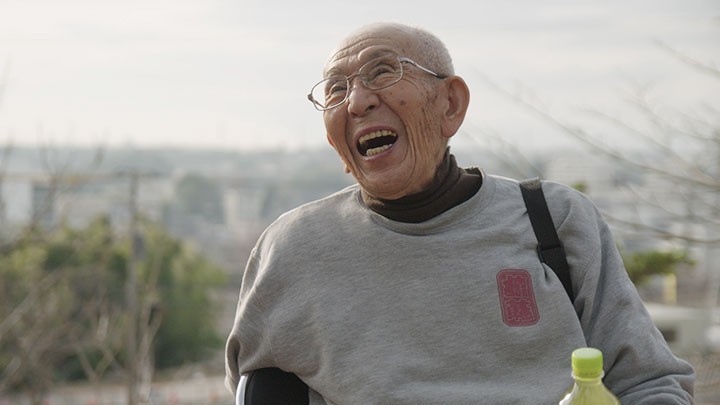
For more than 150 years, the Oshima family cherry trees that have been in full bloom have brought joy and pride to Yokohama, standing majestically by the sea with a view of Mount Fuji in the background. It is a beautiful and familiar picture of the people in this community. But suddenly, one day, there was an idea to cut down this cherry tree. The people of the local community disagreed and wanted to keep the beautiful cherry blossoms alive. So, I contacted Sano, a 93-year-old Sakura guardian who has been caring for cherry blossoms all over Japan for over 20 years. Sano lives in Kyoto. and took care of the cherry blossom trees for a long time. It also helps Japanese people across the country who find that the cherry blossom tree has problems. When invited to join an important mission, Grandfather had a firm goal of not allowing this Japanese national tree to be destroyed. Because, in fact, a cherry tree lives longer than many people, this 150-year-old cherry tree can live for a thousand years. The people who live in the area consider Ms.Oshima to be a beautiful woman and an important symbol of the community.
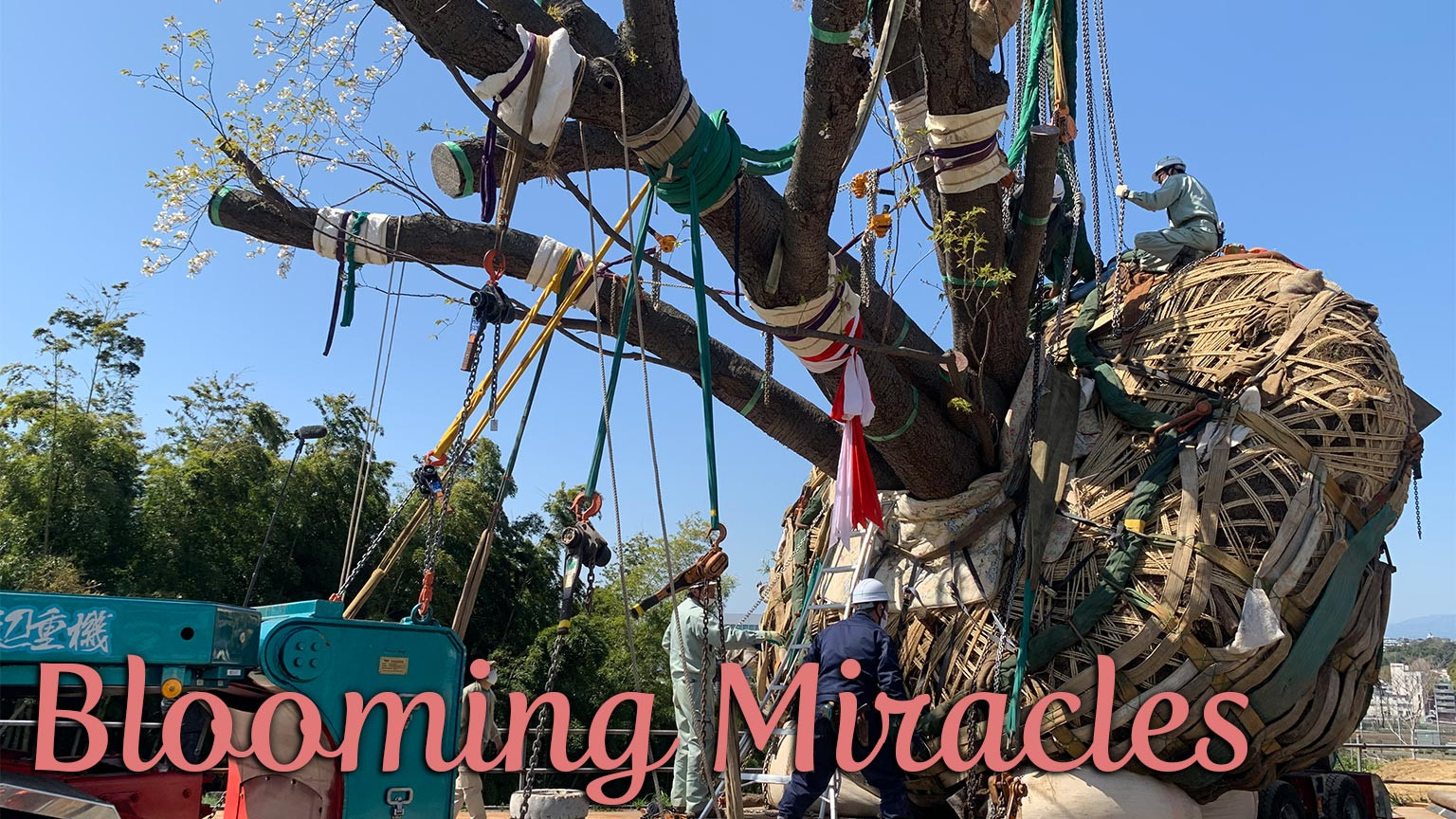
On March 21, 2021, residents of the community gathered at the cherry blossom tree to pay homage to the sacred grounds to smooth the movement of the 150-year-old cherry blossoms. Moving the trees to a new location, Sano said that this was a very difficult task that only had to be done with a hundred hearts to complete. Because moving a tree this big is very difficult. Although the area to be replanted is only 100 meters away. But there are many challenges. because there are high-voltage cables blocking the transport path. In addition, the first must understand what the roots of trees are. Check the quality of the soil around the trees. There are three layers of soil around Ms.Oshima tree, and it is found that most of the soil is from Mount Fuji, the top layer is 170 years old, the next layer is more than 300 years old, and the deeper layer. over 1,200 years old. The soil PH must be measured to adjust the soil condition to the new point accordingly.
In the new area where Ms. Oshima cherry blossoms will move to, there are other cherry trees as well. The grandfather immediately told from the appearance of the tree that the younger cherry trees in the area were the children of Ms. Oshima which is like bringing families back together. In the process of moving, the number of branches that must be counted, including the smaller ones, must be counted so that every branch is not hurt during the move. Because the trees are so large, the tops must be cut off to reduce weight. After that, the charcoal water must be put into the holes of each cut shoot to protect the flesh. Then coat with Japanese wax to prevent wood corrosion. Since it must be transported through high-voltage cables, the trunk must be kept as short as possible. After that, carefully dig in the soil, but some roots will need to be cut off to allow for a smaller size to be lifted across the wires. Cutting off some of the tops and rooting may cause the plant to die, it’s risky, but it must be done. The next step required cloth and rope to tie and tightly cover the roots and the soil in several layers to keep it in place, which was a very difficult task.
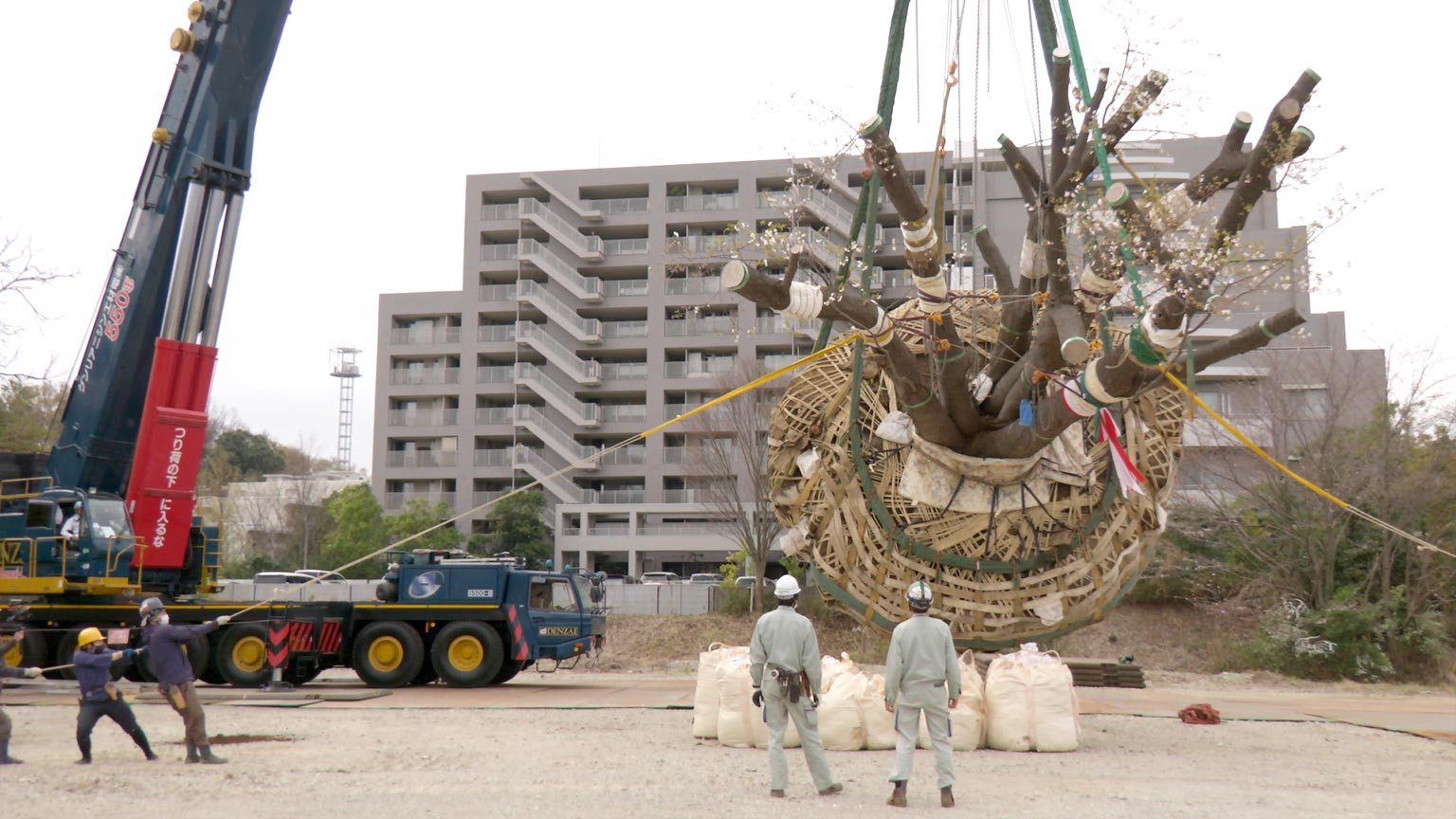
And then the first day of moving has arrived. Sano said that the utmost care must be taken to save the cherry tree's life. He said he wanted the team to put their hearts into the cherry tree must come together as one to move trees successfully and make sure no one gets hurt at work. They started by tying large hooks to ropes to attach to the cranes. The total weight of the tree-enclosed soil and rope is 50 tons. Grandfather asked to cover the root area again to make sure nothing slipped during the transplant. A professor from the University of Tokyo was also involved in the move. She climbed up to hug the cherry tree. and said that she gained power from the tree. She sings a lullaby to a tree that can be translated into English as "Sleep, baby sleep. the golden moon shining up above." After that, the crane slowly worked its way up, the 50-ton tree slowly drifting from the ground where it had been rooted for 150 years.
After lifting the tree, there must be a ritual to ask for forgiveness for the soil in the same place where it was dug. Sake and rice crackers are poured into a large earthen pit as an apology for the messy ground that had to be dug. The chief mechanic who operated the crane said he was very excited because this was the first time in his life to lift a living creature. But he was glad to be able to participate in this great event. The hardest point was coming up: lifting the tree of the high-voltage wires. Grandpa told the team to remove the soil from the roots again to lighten the weight. which could reduce the weight by about 3 tons. Several villagers came to see them moving and said that a “tree doctor” from Kyoto came to help which he will not let the cherry blossoms die. And then came another great day: the day when the 150-year-old cherry tree was put into the ground to take root in its new home. Sano said this was the biggest event in his 70-year career as a gardener. “Today, Fuji revealed himself to welcome us.” High-quality charcoal from Kyoto is sprinkled in a new clay pit. The charcoal will improve the quality of the soil and help plants grow well. After the hardest part was lifting the tree across the high-voltage cable, Mr. Sano performed the ritual of offering dried squids to the trees according to his beliefs. A 150-year-old cherry blossom is placed on a new home in a beautiful location. After that, sake is poured into the ground around the trees as a way of thanking the new ground. Sano hugged the cherry tree and said, “She is not the best and the smartest.” The mission took over a week but made the whole team feel relieved and proud to be involved. The giant sakura will have a new life here. The staff said that they felt attached to the cherry blossoms and would come back every year to visit her.
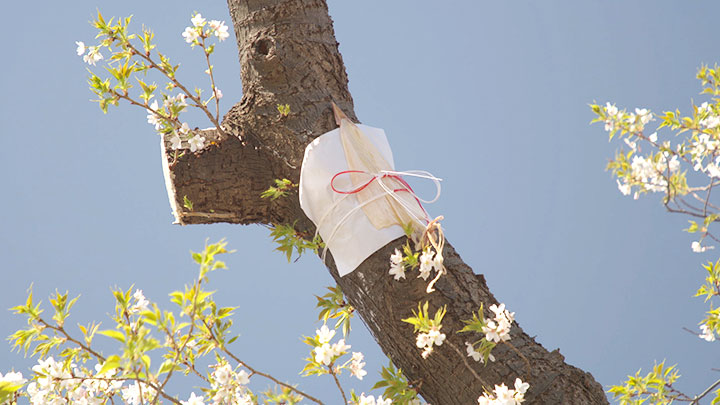
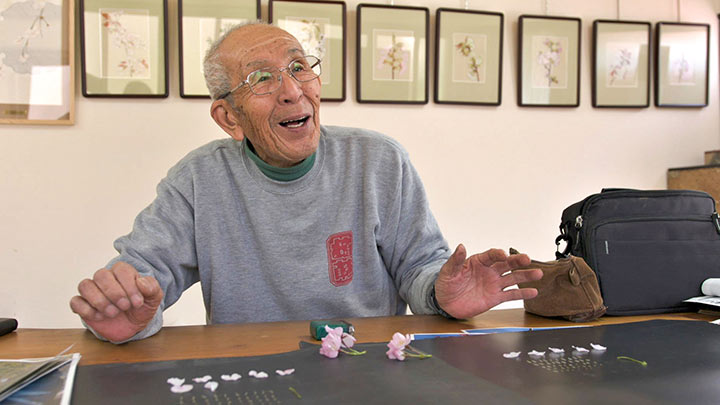
A month has passed, Sano and the team returned to visit Ms. Oshima. Grandpa found a worm on the leaf and said it was a good sign that the tree was alive. And the birds will come to eat the worms in the trees this is a natural cycle. Grandpa said that Ms. Oshima would live for a thousand years. I want to see Thai people love and take pride in the local trees of our home that are as beautiful and unique as Japanese cherry trees. Both Koon trees and Ratchaphruek trees bloom in yellow during April. or the Phaya Sua Krong tree that blooms in the north of Thailand. If we help each other plant and take care of each other, We will have beautiful trees. The flowers that bloom in the season are as beautiful as the cherry blossoms of Japan.
Source
https://www3.nhk.or.jp/nhkworld/en/ondemand/video/3004747/
